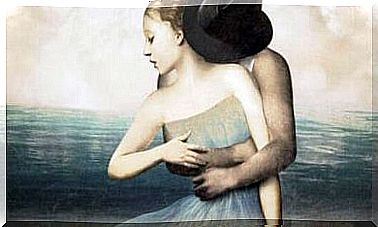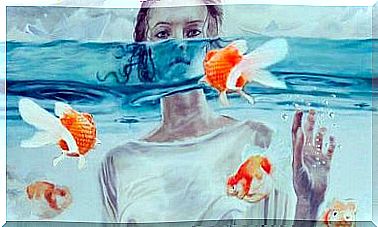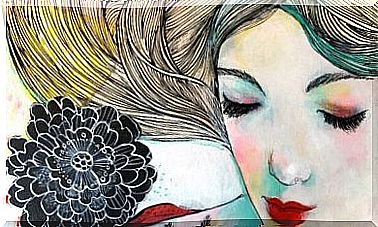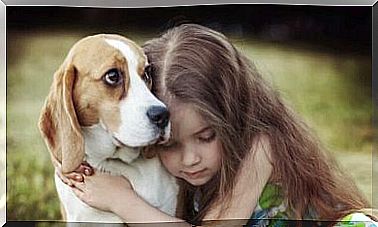Which Senses Does The Human Being Develop First?
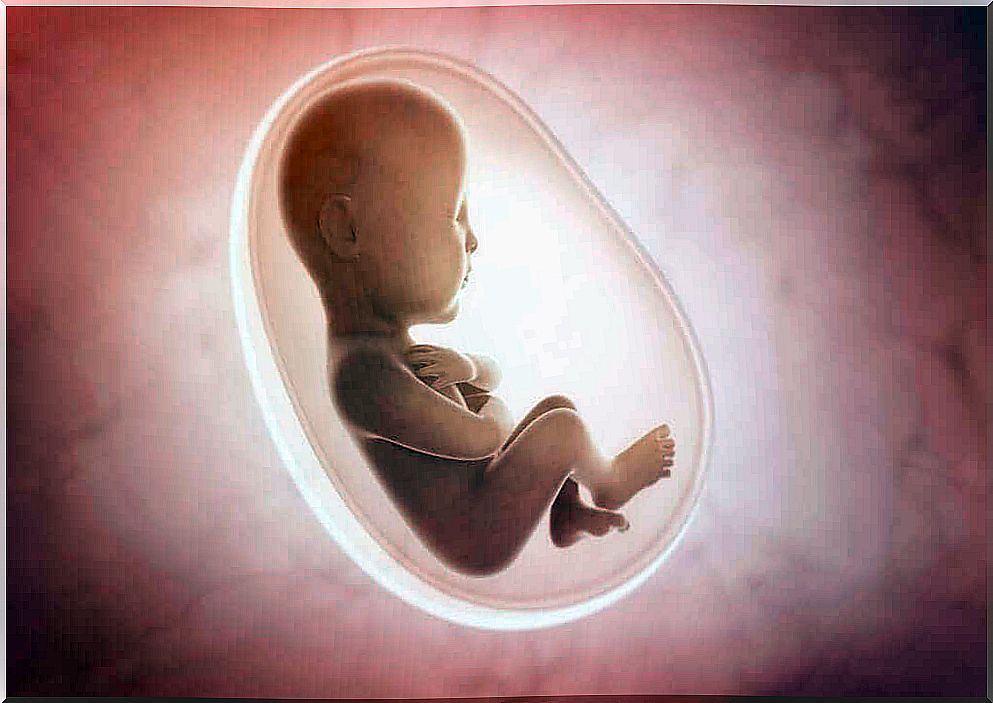
During the 40 weeks that a baby spends growing in the womb, its senses begin to develop. Babies aren’t just developing physical adaptations for after birth; they also feel the world around them from the beginning of their pregnancy.
This incredible development of the senses forms the basis of the baby’s initial closeness to the mother; the uterus is arguably the best environment for the development of the fetus.
The development of the senses during pregnancy greatly affects the development of the brain. In this article, we’ll look at which senses develop earlier in the fetus, including some data that will surprise you.
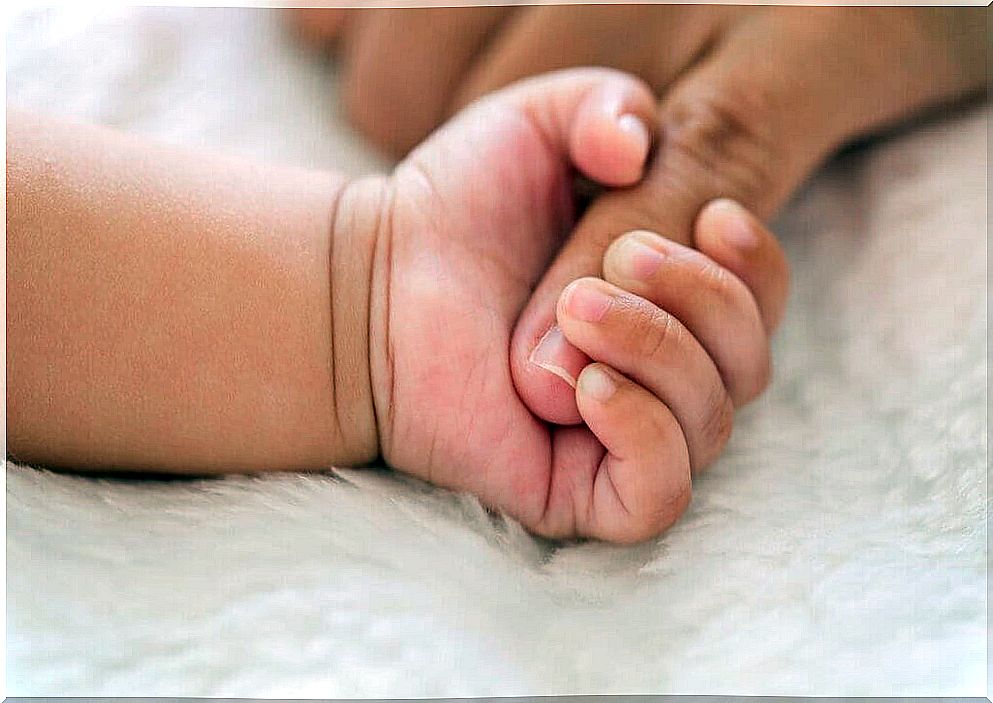
tact
Touch is the first sense to be formed; its development begins around 8 weeks of gestation. The sense of touch begins with the development of sensory receptors in the face, particularly the lips and nose.
During the following months, tactile receptors begin to develop in other parts of the body, such as the palms of the hands and the soles of the feet, at 12 weeks, and the abdomen at 17 weeks.
By the twentieth week, the fetus can experience tactile sensations throughout the body. The exception is the top of the head, which remains insensitive until birth.
However, brain assessments suggest that fetuses do not experience pain before 30 weeks. It is during this period that the somatosensory neuronal pathways finish developing. However, by mid-third trimester, your baby can enjoy a wide range of sensations, including heat, cold, and pressure.
The senses of taste and smell
Taste and smell are closely related senses; the sense of taste is actually 90% of smell. Some flavors such as vanilla, carrot, garlic, fennel and mint have been shown to transfer into the amniotic fluid.
taste
A fetus’ taste buds begin to appear in the 8th week. By the 13 to 15 week stage, babies already have taste buds similar to adults. Anything the mother eats while the baby is in the womb will permeate the amniotic fluid that the baby consumes.
Smell
Smell goes hand in hand with taste buds. From the day the baby is born, it can identify its mother only by the smell, mainly by the smell of breast milk.
In fact, if right after birth we place the baby on top of the mother, it will move along her torso, guided by the colostrum smell, until reaching the nipple.
Hearing
The auditory system is fully developed by the 20th week of pregnancy. At 23 weeks, a baby still in the womb can respond to loud noises.
The baby can also identify the voices of family members he heard while in the womb. Normal hearing babies are also startled in response to loud sounds. Newborn babies also seem to prefer a higher voice like their mother’s than a deeper voice like their father’s.
A 2014 study of preterm infants showed that playing a recording of the mother’s voice when the baby sucked on a pacifier was sufficient to improve the development of oral feeding skills and shorten hospital stay.
Vision
Although darkness reigns within the uterus, human skin allows some light to pass through. The researchers found that fetuses were about twice as likely to track the movement of dot patterns that resembled human faces. This same pattern of preference has been demonstrated in babies after birth.
This suggests that the preference for human faces may be innate and not simply the result of experiences that occur after birth. Furthermore, it makes it clear that the fetus actively responds to the external world long before entering it.
Vision in the newborn
A newborn baby is very short-sighted; he can only see about 8 to 12 inches in front of your face.
Newborns neither see nor know colors as adults see them. In the case of shapes, they do not distinguish them until they are six months old. Newborns’ eyes are susceptible to strong light, so they close their eyes instead of looking at the light. At one month of age, a newborn can see color, but often prefers black and white toys and objects.
By seven months a baby’s vision has matured, he has developed his hand-eye coordination and depth perception to be able to reach toys outside his immediate area. Your focus will improve over the next two to three years as your eyes mature and you can see more clearly.
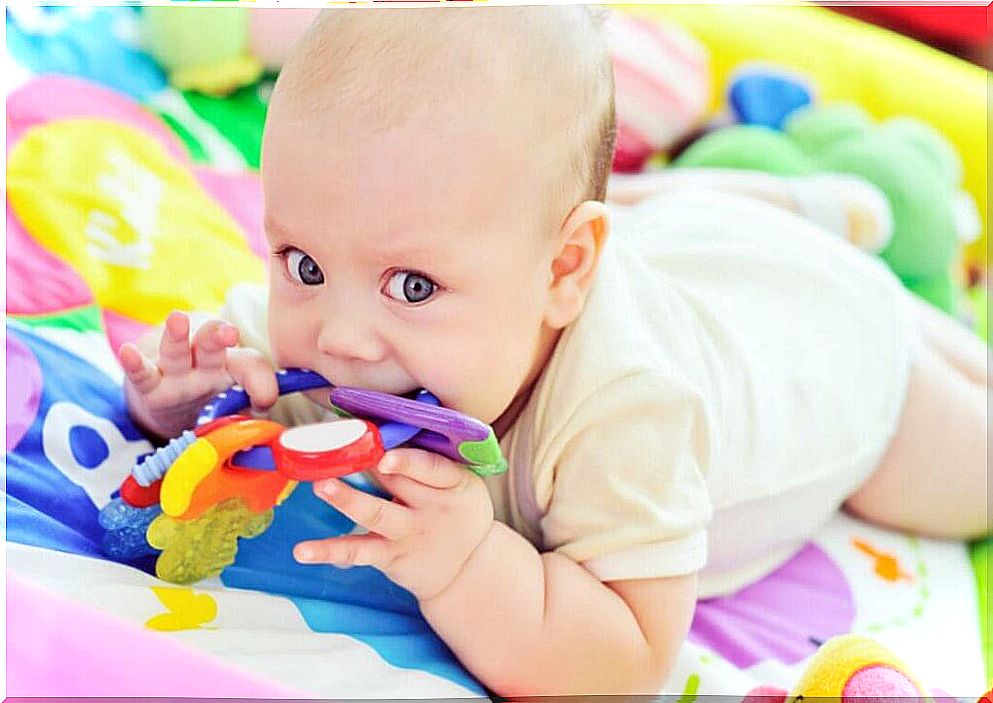
Development of the senses after birth
Evidence of early sensory development in the uterus opens up the possibility of stimulating the fetus during pregnancy. We would do this by modifying factors such as maternal food intake or background music selection.
However, much of the development of the baby’s senses is completed after birth. In this sense, sensory stimulation with greater effects will occur after birth, when cognitive development will follow.


